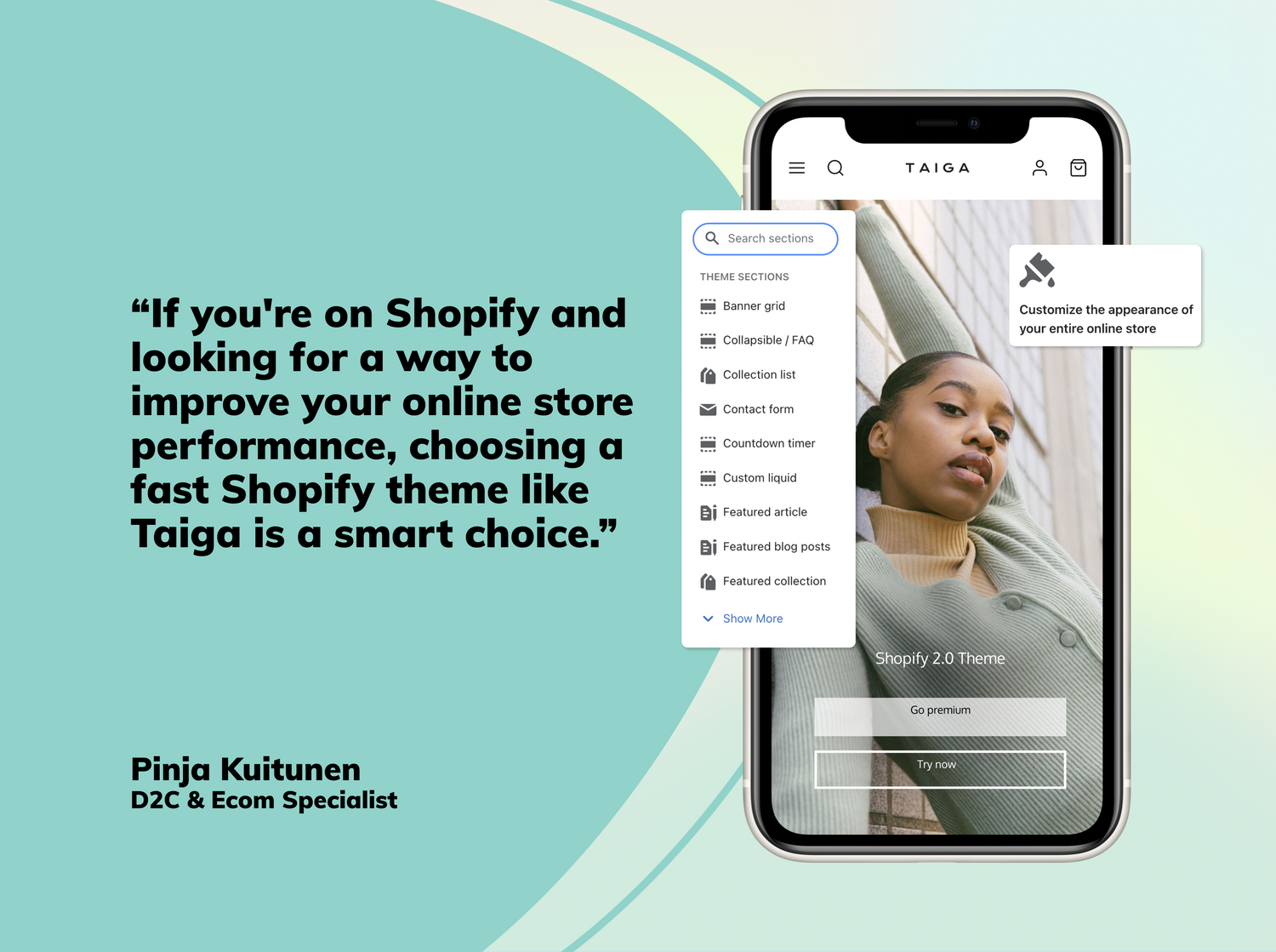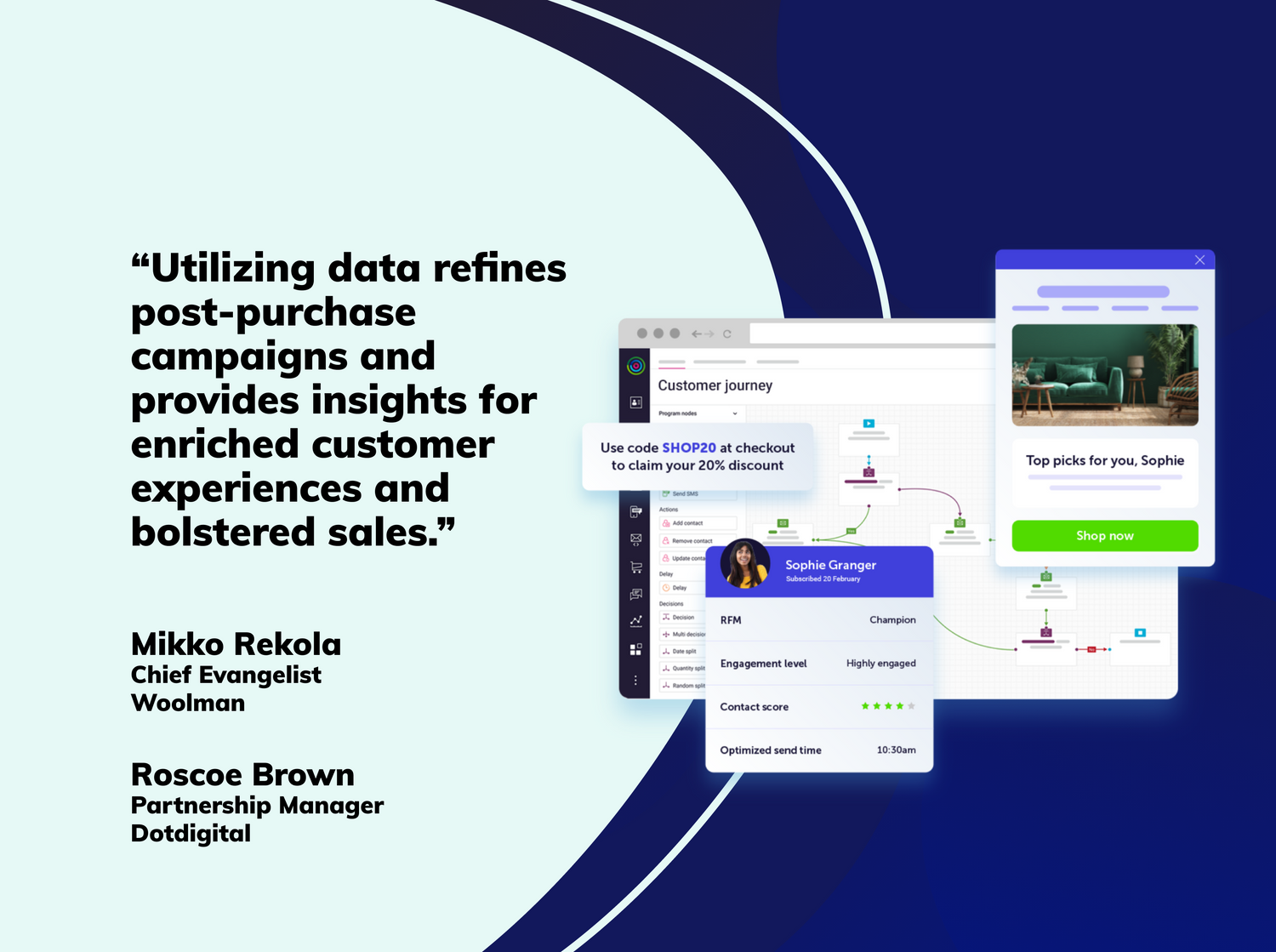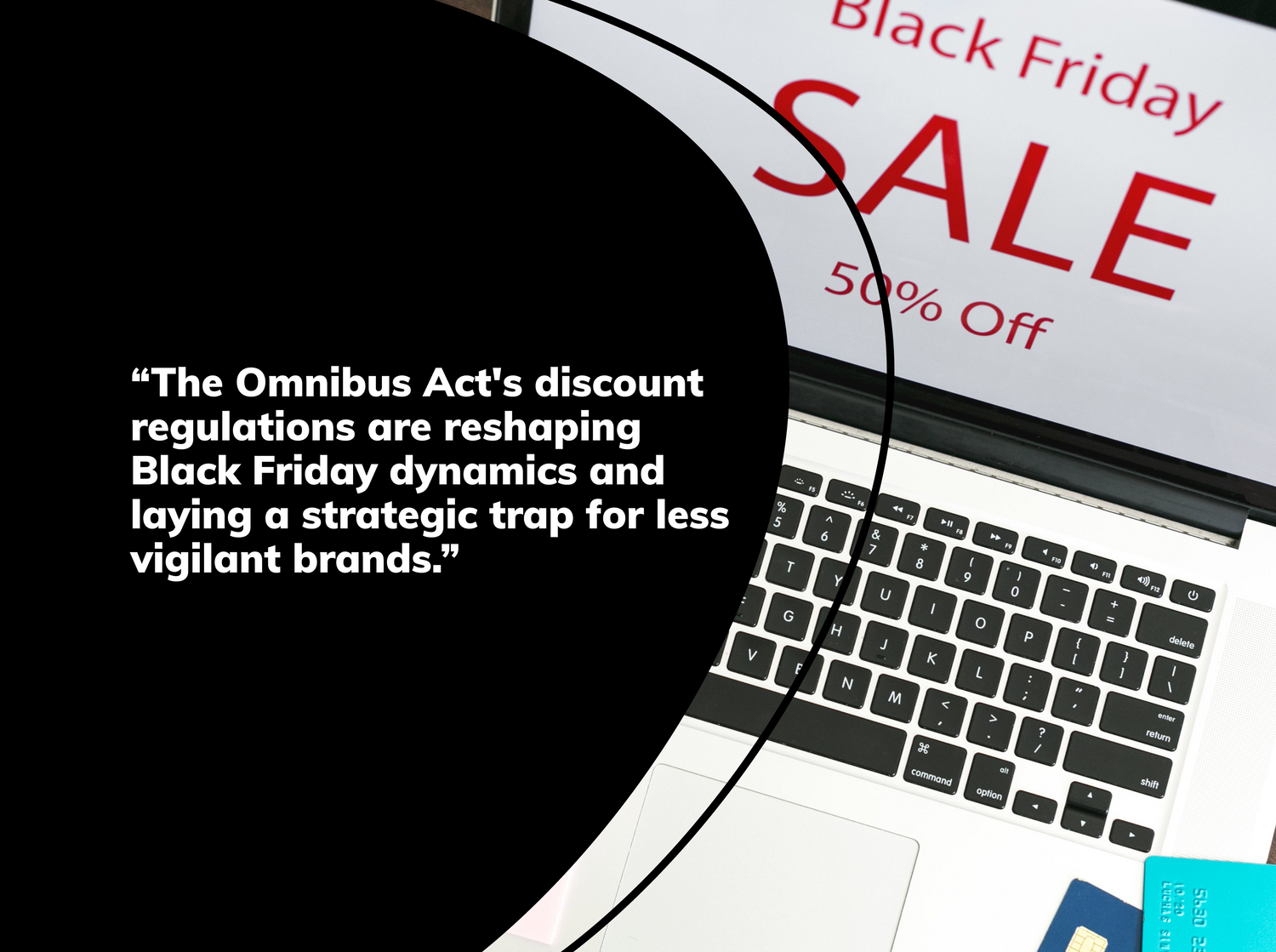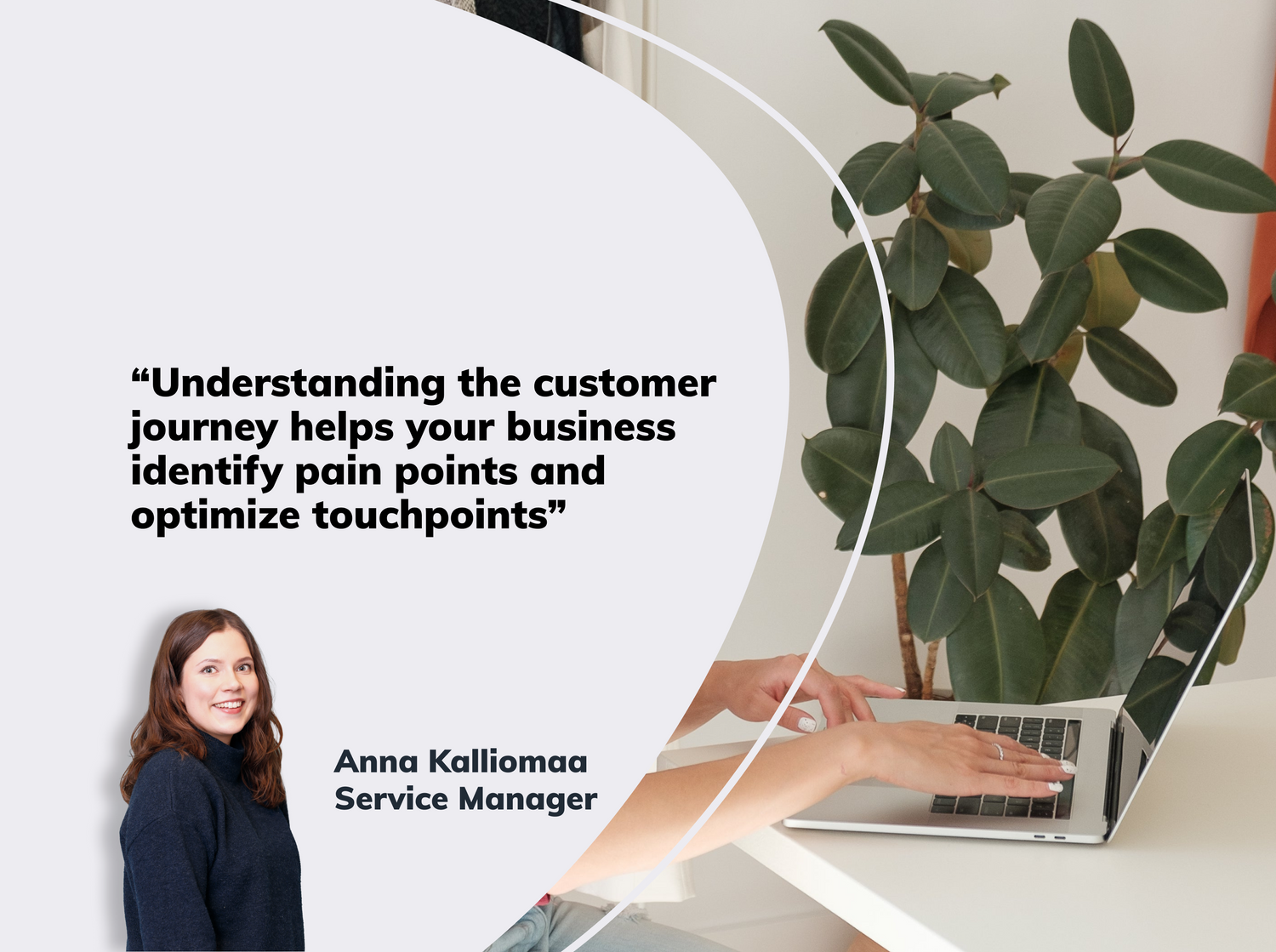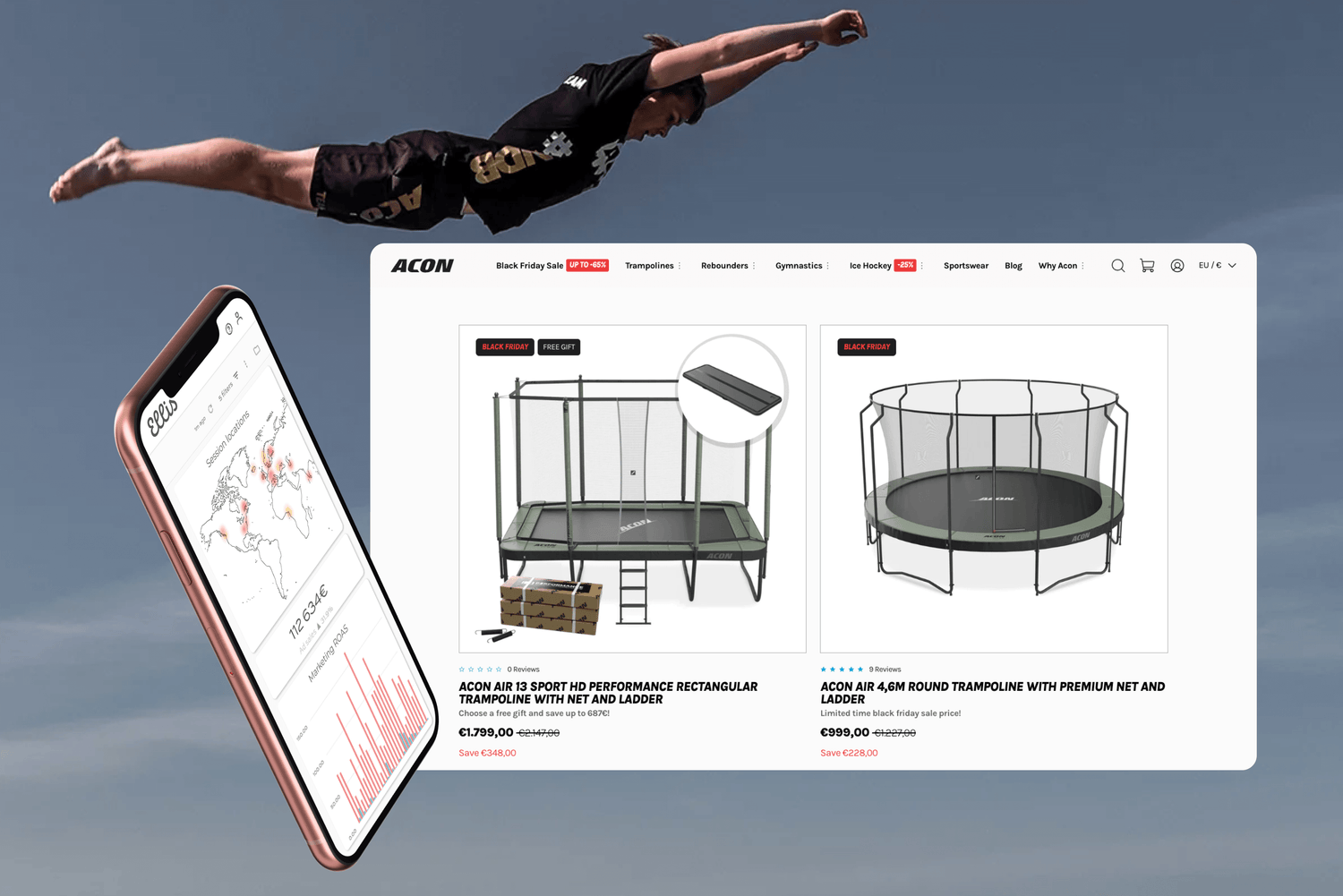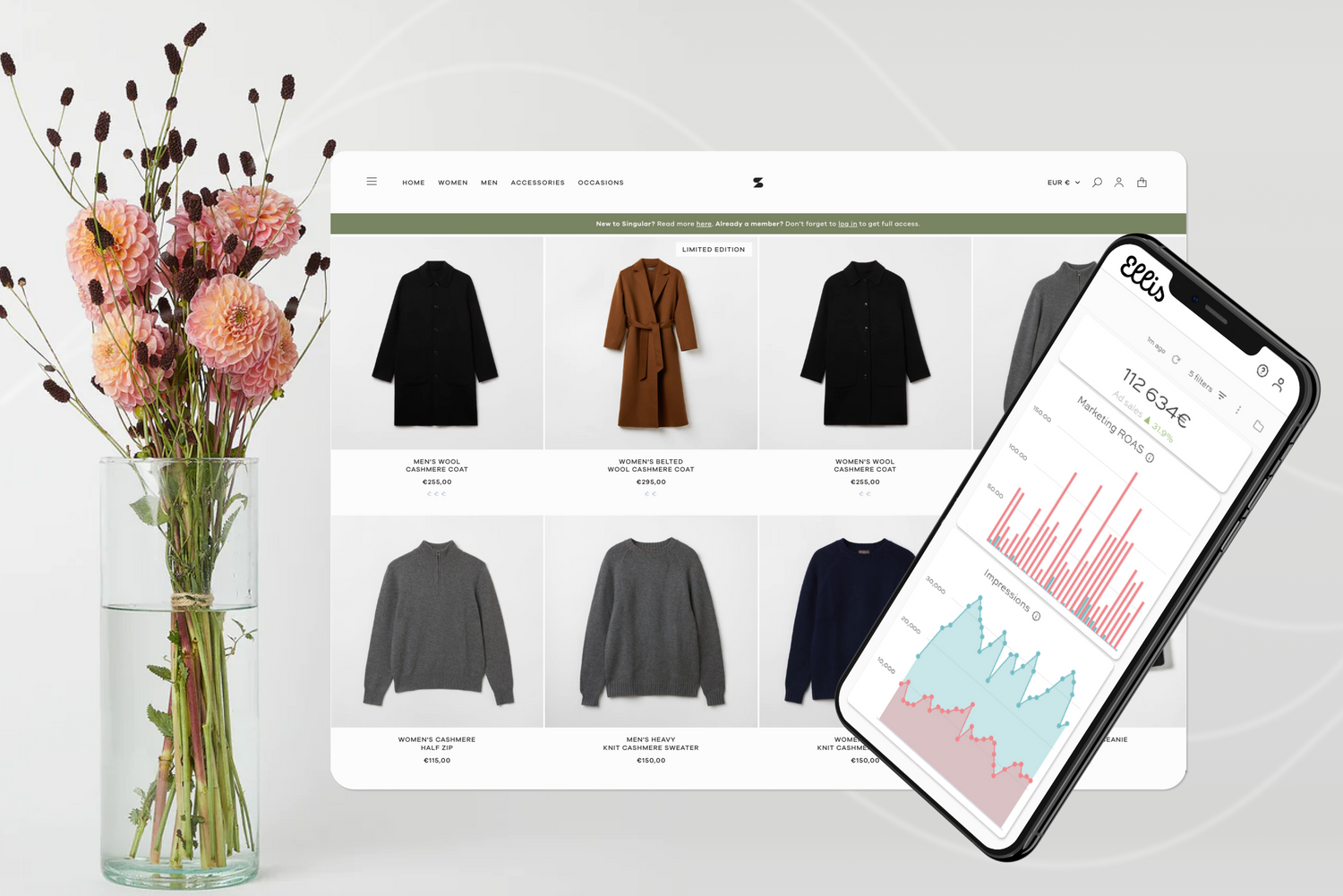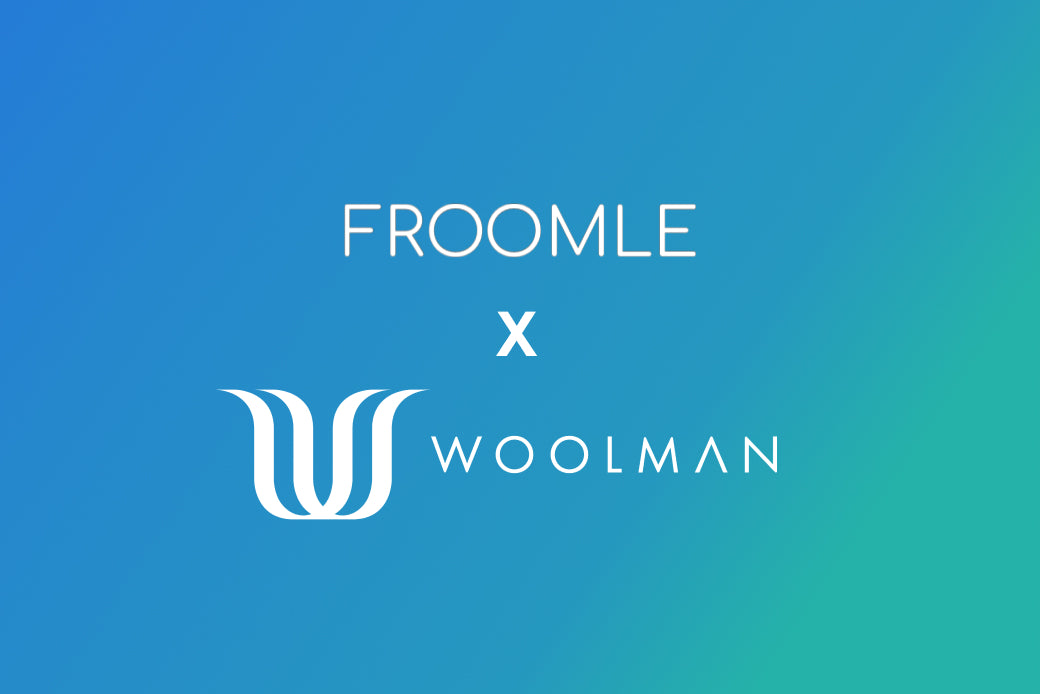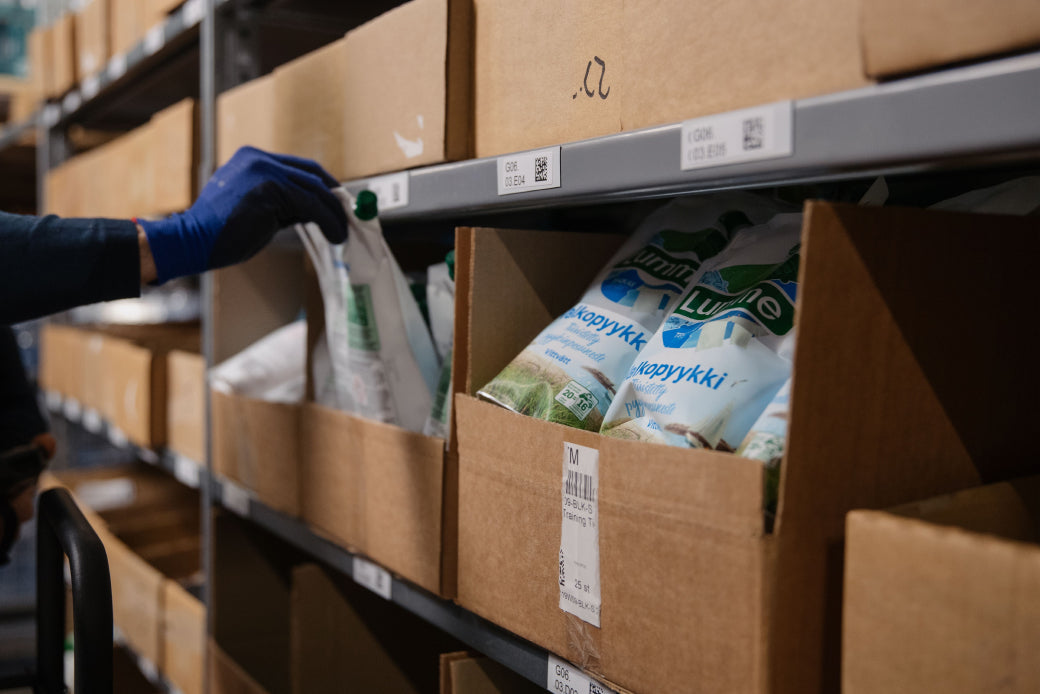
Neatly stocked shelves and a smiling assistant who helps you make the right choice. How can you generate the same trust in an online store? Customers who visit your online store might be interested in your product, but they don’t necessarily know your company.
In a brick-and-mortar store, trust is generated when a professional salesperson uses professional skill and knowledge to find the right solution for each customer. As a customer, it’s easy for you to sense whether a salesperson is trustworthy and professional.
Alternatively, if you already know an online store and have had positive experiences of it, it’s easy for you to trust that things will go as they should.
A/B testing on product reviews
Online stores don’t have sales assistants to guide customers step-by-step through the purchasing process. One of your most important tasks as a retailer is to make your online store a place that generates trust and assuages fears. When people visit your shop, their minds create many barriers to buying. Customers could wonder whether they’ll receive the product, having paid upfront
During my career as a retailer I’ve done a lot of retail development using A/B testing. This testing involves creating an analysis-based hypothesis which is then proven correct or incorrect using real people and real euros.
I had an online store in which about half the products had product reviews. Unreviewed products were labelled “This product has no reviews yet”. Our hypothesis was that this text was likely to reduce trust in the product.
We did a test in which we directed half the visitors towards the original page (version A) and half towards a page on which this text was hidden (version B). We used analytics and an optimisation app to track how well both sold in relation to each other.
We were able to conclude that our hypothesis was correct. Version B was sold 24% more during the test period. The test may be considered reliable when the mathematical probability for the result reaches 95%.
This example shows how small things can have an impact on trust.
Words have an effect on people’s thinking. The human mind has many varied triggers which we can explore using sales psychology.
Checklist for generating trust
What is a trustworthy online store like? The following are important in generating trust and growing your business. You can put these tips into effect through content creation.
1. Delivery promise
State your delivery promise clearly, e.g., “We deliver your purchases in 1-3 working days”.
If, however, the average delivery time is one working day, you should point that out alongside the delivery promise.

Measure how well you keep your promise. It is important to measure the time between the customer’s order and the dispatch of the package. Ideally, you’d set up a way of monitoring this automatically.
2. Customer service promise
Promise a maximum time for responses to queries to your customer service team. If different customer service channels have different response times, communicate these clearly.
Measure the tone of customer service situations: were queries positive, neutral or negative? Sort your customer service situations into categories. You may be in for surprises and see that you can automate processes or solve issues through good content.
3. Write a comprehensive list of FAQs
What questions are you asked frequently? On your FAQ page, go through various situations related to processes and purchasing comprehensively. Many customers will look for answers to their questions on your website.
When you put effort into this content, customers will form an image of a professional and trustworthy online store.

4. A “how to buy online” section
To lower the purchasing threshold, tell your customers in advance how buying from you works. Provide screenshots and explain the buying process clearly.
5. Trusted logos in a prominent place
Even if customers don’t know your brand, they all know Visa, MasterCard, the post office and the big delivery companies. When these logos are in a prominent place on your site, for example in the footer, you generate more trust.
6. Prominent value promises
On the basis of an A/B test I can state that when an online store presents its value promises effectively and succinctly on its home page, it has a positive effect on sales.
7. Promise more than the legal minimum
For example, instead of the statutory 14-day right to return, you could tell customers about your 100-day returns policy. This has both a psychological and a practical effect. It will lower the threshold for purchases and is also likely to reduce the number of returns. A customer will have time to get used to the product, and may also forget about returning it.
8. Actively collect product reviews
Collecting product reviews is not rocket science. In my own experience, customers write them when you ask them to.
Below you can see an example of customer reviews in Lunette's online store. You can read more about Lunette from Woolman blog.

By using tools such as Yotpo or Stamped.io, you can automate collecting reviews and make giving them easier for your customers.
In my own stores, readers of reviews have become buyers 250% more frequently than people who haven’t ready any reviews. Consumers trust other consumers’ opinions.



